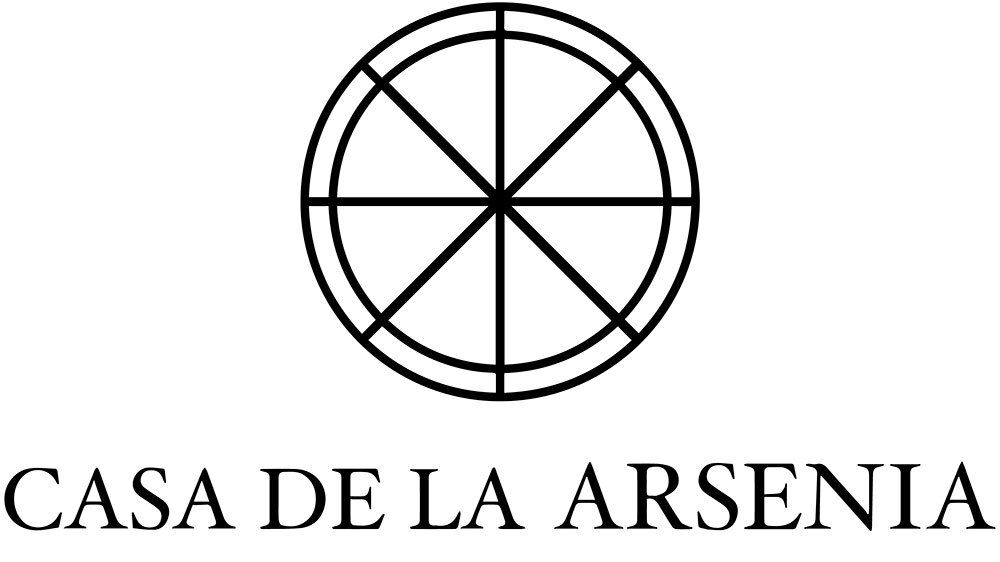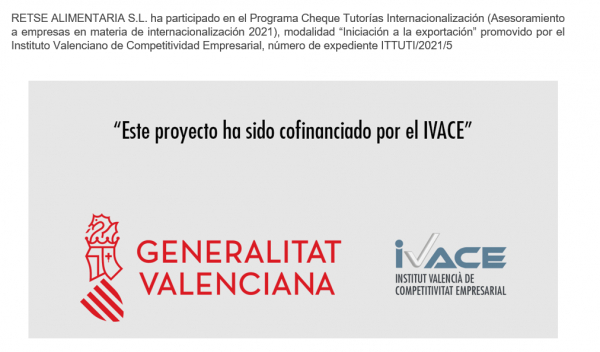One of the most important aspects when it comes to obtaining a good olive juice is the downtime that the olive has to go through from when it is picked until it enters the mill, which must be as short as possible.
The harvest is done very early, always depending on an optimal state of maturity, it will give us an authentic fruit juice with which our senses can enjoy its olfactory and gustatory richness.
This harvesting is in turn carried out in a very short period of time, since as the day-to-day harvesting progresses, the olives mature rapidly. The type of harvesting is mechanical (shortening the times in which the olive is without grinding) and subsequent loading into the trailers that will transport the olives quickly to the oil mill.

